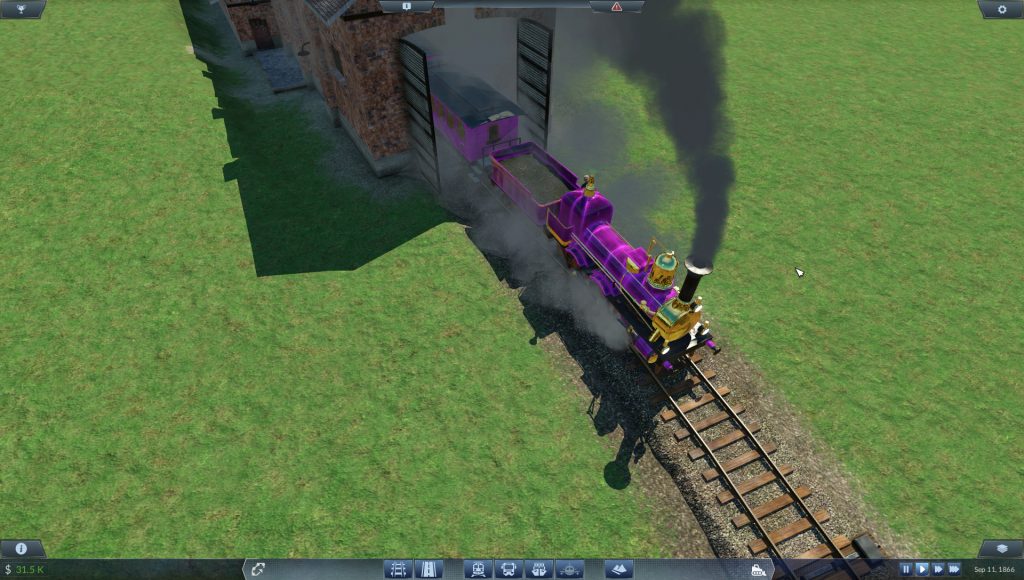Requirement: Communicating Information Properly
During my ongoing literature review I often discover interesting facts about things I’ve never thought about. Sometimes I can connect these facts with my own observations: The result is mostly a completely new idea why things are as they are. Maybe these ideas are new to you, too. Therefore I’ll share my new science based knowledge with you!
This week: This time, I think about the necessity of a good User Interface to achieve a good usability.
Like any other system, computer games need a good usability and user interface to ensure a good playability and to provide players with relevant information they need in order to make correct decisions. This especially is critical when the game is a complex strategy game that challenges players to develop a good long-term strategy and make important decisions that can have a significant impact on the progress of their game. If, in the case of such a complex game, important rules and information that are encoded in the game mechanics are hidden or not shown at all, players are having a hard time to develop an understanding for the game’s gameplay and can even experience a high degree of frustration as they do not receive enough feedback to analyze their mistakes.

Transport Fever
The transport simulation game Transport Fever (TF) puts players into the role of a manager of a transport agency. During the gameplay, a player can set up transport lines by building railroad tracks, roads, harbors as well as airports and subsequently buying transport vehicles that operate on those lines. However, TF does not communicate all of the underlying principles to the player and, as a result of this, the player often can merely guess what steps are needed to establish a successful transport business.
For instance, some of the products, such as tools and machines, that can be transported to the virtual cities in TF are the end products of complex supply chains. Hence, in order to produce these advanced goods, a player has to fulfill the requirements of all the factories that are involved in this process. In addition, each factory changes the production rate based on the demands for the produced goods. As a result of this, players are challenged to ship the end product to several cities to increase the demand for the required materials in order to increase the production of a facility in the middle of a supply chain. Subsequently, this intermediate factory will increase its demand for materials produced in a different factory. Unfortunately, this dependence is never communicated in the game thus causing a high degree of confusion as a natural approach might be to start at the start of the supply chain and not at the end of it.
In the end, designing a complex game that challenges a player’s decision-making and strategy-planning abilities not only requires good and well designed game mechanics, but also a good usability and, more importantly, user interface that communicates all relevant variables and information to the players for the purpose of allowing them to make the right decisions by analyzing all potential consequences. Generally, computer games need to inform players about the underlying rules directly inside of the game to avoid any confusion, facilitate the gameplay and achieve a great entertainment value.